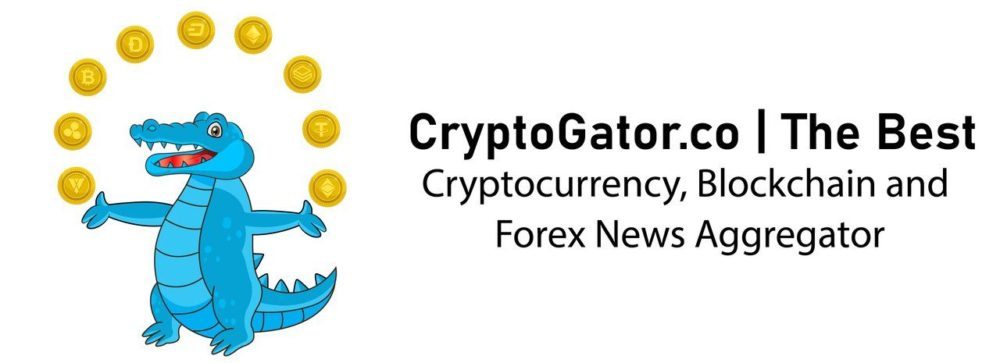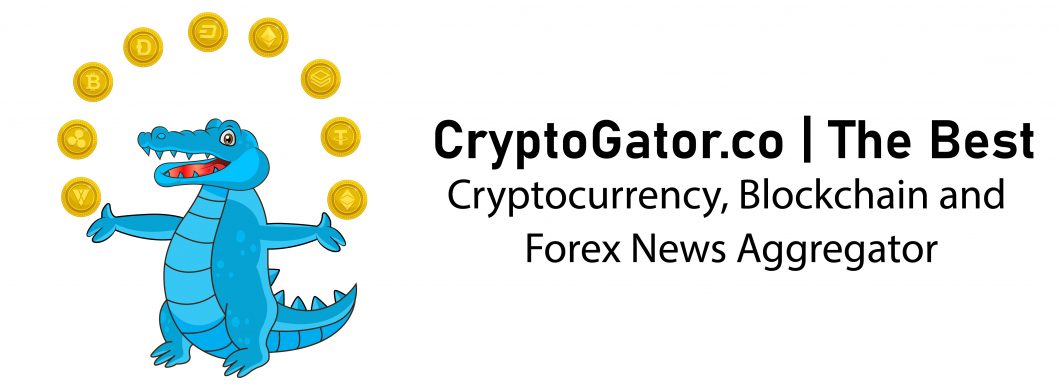<p>A generational change has unstoppable momentum but isn’t confrontational, because it simply represents an altered way of looking at the world. Such shifts are inevitable and occur as a consequence of something that cannot be halted: people who have together been shaped a certain way are becoming older and taking over positions of responsibility.</p><p> And, it may be that embracing crypto is precisely such a generational change, as attitudes that are prevalent in older generations cease to be common in the generations that follow. These attitudes are, if we’re discussing crypto, in relation especially to technology, money, saving and investment, and online behavior.</p><p>Accessibility and Fairness</p><p>It’s sometimes stated that crypto is difficult to understand and that getting on board is a process that still has too much friction, requiring wallets to be set up, fiat to be converted into crypto, and all ideally with at least a surface understanding of blockchain technology.</p><p>However, an alternative perspective on this is that compared to traditional investing, getting started in crypto requires less homework, and makes a point of being open to everyone. The friction in crypto is practical, and learning how wallets and exchanges work is a hands-on education that is not especially complicated.</p><p> The friction in traditional investing, on the other hand, can come across as technical and academic, incorporating complex instruments and occasionally an exclusionary nature.</p><p> In some respects, <a href=”https://www.financemagnates.com/tag/crypto/” target=”_blank”>crypto</a> is a fairer alternative: since it’s newer, nobody has an insurmountable advantage, not enough time has passed for a pecking order to have become embedded, there is a drive to onboard new users, and besides which, crypto is intrinsically opposed to hierarchies and exclusion.</p><p>Gamification</p><p>The lines between gaming and finance are being blurred, as crypto projects incorporate 8-bit aesthetics, cutely styled NFTs, and interfaces that look and feel like retro games.</p><p>For a while, Axie Infinity was a breakout success, ostensibly a game but also providing full-time income to some of its users. It turned out that the Axie model was unsustainable, and its prices have now collapsed, but despite this, a seed was placed and the trend towards gamification gained pace.</p><p> To a generation that was raised on home gaming, with consoles ever-present in the background, gamified financial products make intuitive sense.</p><p>A Life Online</p><p>As generations that grew up online come of age, change becomes directed by people for whom digital currencies and virtual assets are a natural fit.</p><p>On the one hand, this could mean that CBDCs become, from the perspective of organizations pursuing implementation, an easier sell. However, if there is both a rejection of centralization and an embrace of cashless transactions, then it is cryptocurrencies that stand to get ahead.</p><p> Looking at the state of web technology, we have seen, over the last ten or fifteen years, a shift from the anything-goes, liberal ethos that defined the early web, to a highly centralized model in which a handful of tech behemoths exercise massively increased control.</p><p>With that in mind, a reverse swing of the pendulum may be due back towards decentralization and away from top-down micro-management. If such a cyclical trend change manifests, then crypto will be in the right place at the right time.</p><p>Generational Opportunity</p><p>Blockchain technology puts potentially lucrative opportunities on the table, as a new industry unfolds and expands in real-time. Adding ease of entry, there is a growing pool of cheap educational and instructive content available online, allowing anyone with an internet connection to acquire useful skills.</p><p>What’s more, blockchain-oriented projects often operate from scratch and meritocratically, ensuring that if workers are capable and can demonstrate proficiency, then factors such as economic or academic background are unimportant.</p><p><a href=”https://www.financemagnates.com/tag/blockchain/” target=”_blank”> Blockchain</a> developers are taking these opportunities, but so are artists and designers who have found, through NFTs, tech-centered new routes by which to further their careers.</p><p>Myths Dispelled</p><p>For some time, cryptocurrencies have been presented in mainstream outlets as not simply works-in-progress that carry risk, but as outright dangerous and associated with the darkest corners of the web.</p><p>According to this depiction, crypto is the preserve of criminals and con-men, who utilize it to evade the authorities, commit fraud (or worse) and reel in victims.</p><p>In younger generations, though, these myths are being dispelled. This is not to say that there are no problems around scams and reckless or dishonest behavior, or that criminals have not made use of crypto. However, the idea that crypto is mainly for criminals, that it has no legitimate use cases, and that cash is immune from such issues, is simply not true.</p><p>What’s more, some of crypto’s recent implementations have been decidedly upbeat, to the point even of naivety: through <a href=”https://www.financemagnates.com/tag/nfts/” target=”_blank”>NFTs</a>, blockchains are being used to trade art and illustration, and crypto is becoming hooked up with the gaming industry.</p><p> Gradually, a more balanced view is coming into focus, and the depiction of crypto as being inherently suspicious no longer holds the sway that it once did.</p><p> The question is how does the landscape look if we fast forward five, ten or twenty years? There are no certainties, but a generation of digital natives can easily dovetail into a generation of crypto natives.</p>
This article was written by Sam White at www.financemagnates.com.



